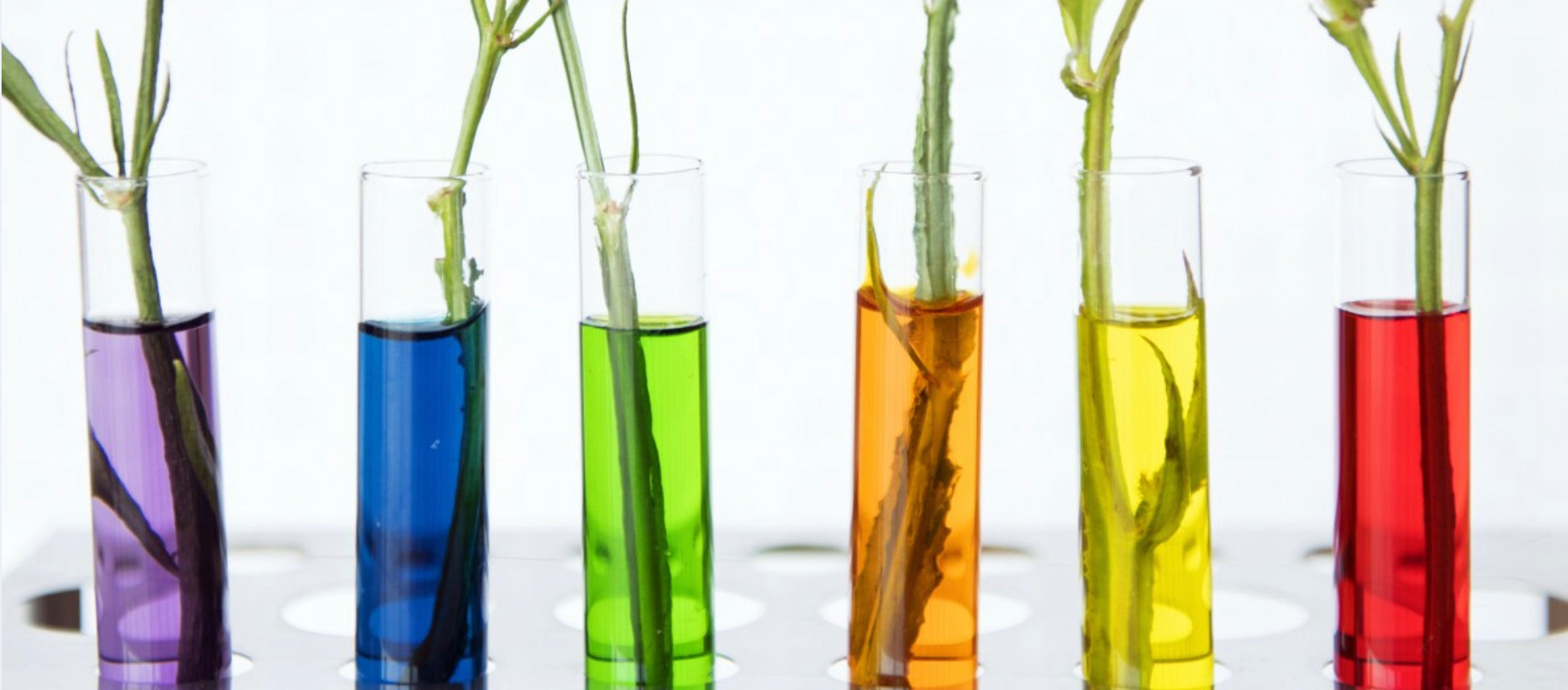Hydroponic Nutrient Management

Mastering Hydroponic Nutrient Management for the Ideal Grow
Learning about hydroponic nutrients management can be confusing. Here is an easy guide to making sure your nutrient solution is just right for your hydroponic system.
First, you need fresh, clean water. If you are not a commercial grower, then tap water is just fine for a home garden. Rain water is a good choice as well, but if your system has a pump you should filter the water so the pump doesn’t clog. Measure how much water your reservoir holds. Write it on a piece of tape and stick that on your reservoir, or just write it directly on the reservoir.
Now that your bucket or reservoir is filled with water, it’s time to add nutrient. Some nutrients are two parts, some are one and some even have three. There are powdered nutrients and liquid. You can also find nutrient concentrates. Be sure you have re-constituted any powdered or concentrated nutrients correctly, and have stirred or shaken them enough that everything is dissolved. If you bought liquid nutrients, those often need to be shaken as well.
Carefully read the directions on the nutrient you have bought. There should be a recommendation of how much nutrient to add per liter of water. Remember, seedlings need half strength or even ⅓ strength nutrient. Don’t put too much nutrient in. It is wasteful and it will only hurt your plants. Too little is better than too much.
Pour the measured amount of nutrient directly into the water. Do not mix undiluted two or three part nutrients together…there is a reason they come in separate containers. If you combine them, they will often form a precipitate. It is safe to pour them right into the water though. When diluted in water, they will be fine. Write down how much you added.
Now stir very well. You can not correctly monitor hydroponic nutrient concentration unless it is completely dissolved.

Once it is all very well mixed, grab your meters. You should have an EC meter and a pH meter. Hopefully they are calibrated; if you haven’t calibrated them lately then be sure to do that. Check the EC (electrical conductivity) first. If it’s too low, add another measured amount of nutrient. Stir. Now check the pH. If you need to adjust it, use a very small amount of pH up or pH down. Write down how much you added, and stir well. Check the pH again to see how you did.
Clean your meters and replace the caps. Store your nutrient appropriately in a cool, dry place.
It is important to monitor your nutrient solution every day when the plants are growing quickly. Every other day or every three days is okay if the plants are small or not using nutrient solution very quickly, or you have a very big reservoir.
For more great content check out the Proponics YouTube channel below!





